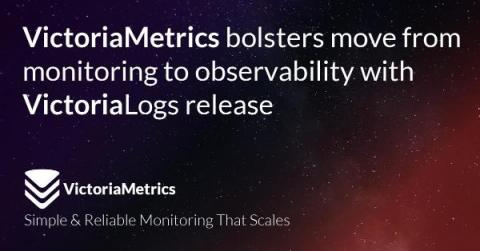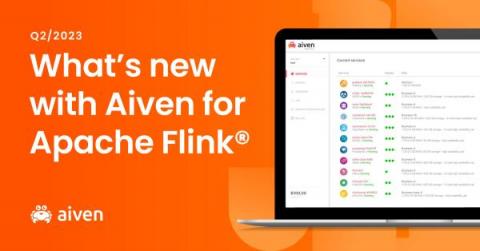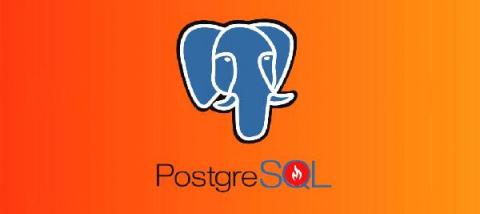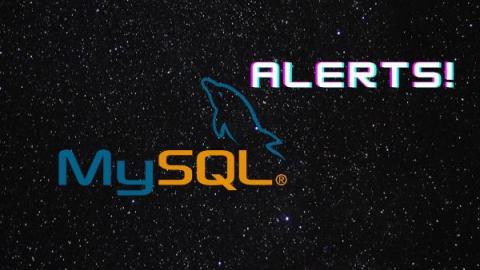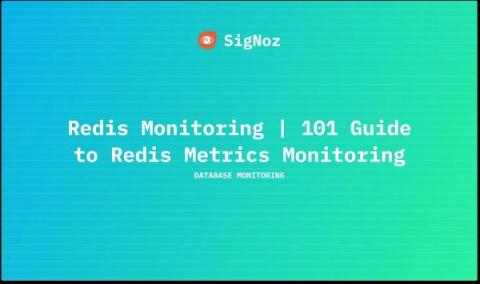The Carbon Daemons: Graphite monitoring
Graphite is a powerful open-source time series database used for storing, retrieving, and visualizing changing numeric data points over time. With its robust monitoring system, Graphite can efficiently handle large data loads without compromising performance. In this article, we delve into the basics of Graphite, focusing on its primary component, Carbon.



